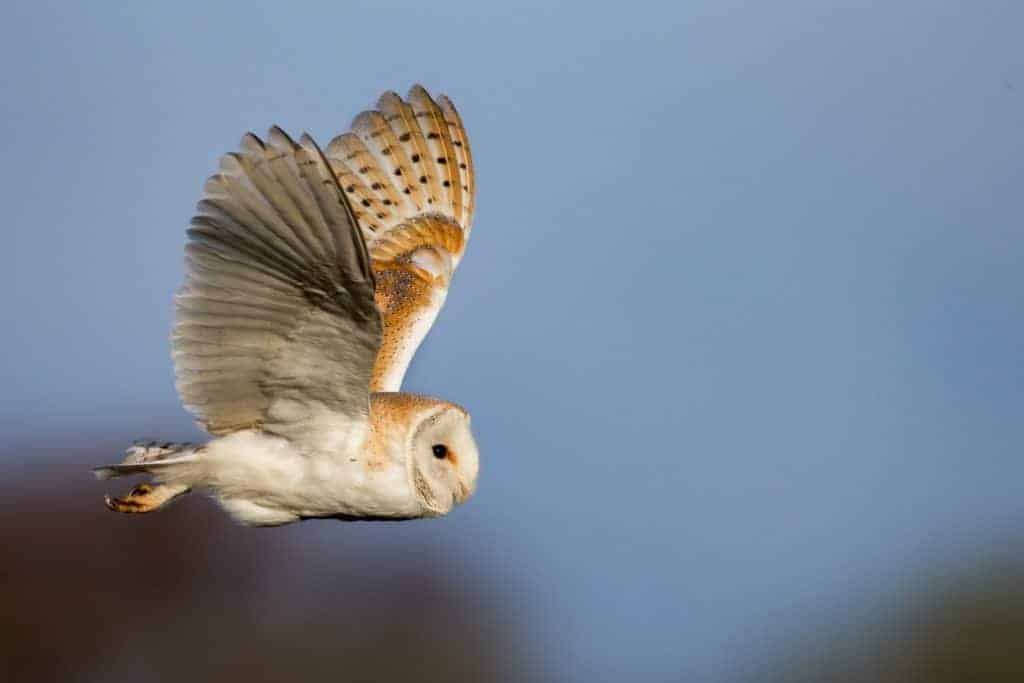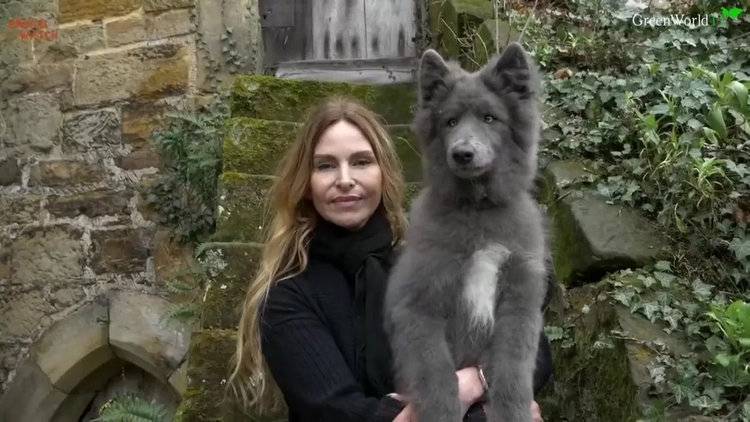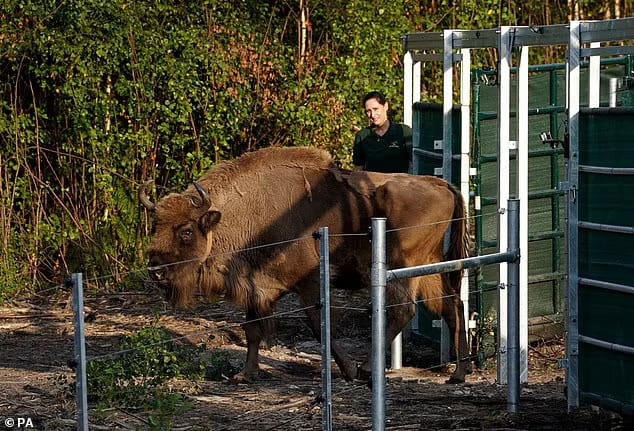One of the most widespread birds of prey in the world, the Common Barn Owl Tyto alba has proven so successful at adapting to life alongside humans that even its very name reflects the symbiotic relationship that has been shared by farmers and this charismatic bird over the course of thousands of years.
Common Barn Owls prefer to roost and nest in sheltered areas that protect them from the elements, and when settlers first began building on Britain’s countryside, crafty barn owls quickly swooped on the opportunity, swapping rock crevices and holes in trees for comfy crevices in the attics of barns and churches.
In return, Barn Owls would repay their unwitting landlords by preying on the mice and voles that ventured onto their land.

However by the mid-20th Century, changes to the dynamic of this human-bird relationship rapidly sent British Barn Owl numbers into a tailspin. According to the Barn Owl Trust – a UK-based charity who works to protect the species – Barn Owls in the country declined by as much as 70% between 1932 and 1985.
The Barn Owl declined by 70% during the 20th Century, as intensive farming practices took their toll on the much-loved countryside bird
These declines are largely the result of improvements in the way farmers cultivate their land. The rise of the combine harvester, which is extremely efficient at harvesting grain, and the development of sealed grain silos, means grain is no longer stored in enclosures on farmland, meaning less food for rodents during the long, cold winters, and subsequently less prey for owls.
Today’s farmers are also able to cultivate land that was previously beyond their tools’ means, allowing them to plough right to the edges, resulting in the loss of the Barn Owl’s favoured hunting habitat: rough grassland verges.
The 20th Century has also brought with it other dangers that have taken their toll: road fatalities, potent rat poisons and the loss of nesting spots as traditional barns are pulled down and replaced with less inviting buildings.
There is evidence that numbers of barn owls in the UK have stabilised since the mid-1990s, but clearly these factors are still impacting the species today. While numbers of the UK population of this reclusive, nocturnal species are poorly understood, we can determine the health of the country’s Barn Owl population through the Barn Owl Trust’s annual nest site survey, in which 32 independent local groups from across the country – from Cornwall to Norfolk to Northern Island – pool together to visit nest sites and record the brood size of successful breeding pairs.
The results tell the story of another poor year overall for the Barn Owl – the number of nesting pairs in 2016 was down 6% on the all-year average, and the number of young in the nest was down 7%. While disappointing, the numbers are at least an improvement on 2013 and 2015, two exceptionally poor years where cold weather saw nesting occupancies down 70% and 25% against the all-year average.
Low productivity is clearly becoming a trend, which the Barn Owl Trust attributes to a lack of available prey, and an overall low population density exacerbated by a lack of juvenile barn owls to replace the adults.
The report recommends several measures to help sustain Barn Owl numbers, including habitat improvement, the installation of low-flight prevention screens around trunk roads to avoid collisions, and replacing existing nest boxes to reduce chick mortality by ensuring the replacements are no less than 460mm deep.
This article was first published by BirdLife International on 22 Feb 2017.






Leave a Reply